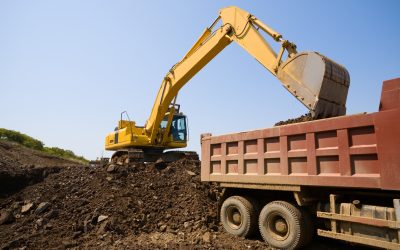There are several benefits to using radio frequencies and pressure over heat and pressure or even over sewing to create waterproof, airtight and extremely durable seams in films, thermoplastic materials as well as vinyl and coated fabrics.
The basics of dielectric welding, which may also be called RF (radio frequency) welding, dielectric sealing or high-frequency welding or sealing, allows for even complex seams and shapes to be created quickly, effectively and with no waste.
Additionally, through the use of this process, the area of the seam is as strong or stronger than the two materials on their own. It can be used to join two similar types of suitable materials or two different suitable materials, which adds to the versatility of the process.
The Process Explained
To understand how dielectric welding can provide such a strong weld and seam, it is important to understand the basics of the process. This will also illustrate the benefits of this option in creating seams as opposed other methods.
The material to be joined is positioned on the equipment. Pressure is applied at the sight of the seam, which is essential to create the bond. Once correctly positioned and, the radio frequency is added.
The radio frequency used is directed in a precise, focused pattern at the area where the seam is required. Within this designated area, the electromagnetic energy will agitate the molecules in the two materials and allow them to mix. At this point, the pressure combined with the mixing molecules creates a new, integrated material at the seam that is a fusion of the two fabrics, films or materials.
With just a few short seconds cooling is complete and the weld is strong, durable and air and watertight. As there is no external heat and no need for glue, it is a good option for thermoplastics, most films and most types of vinyl and coated fabrics.



